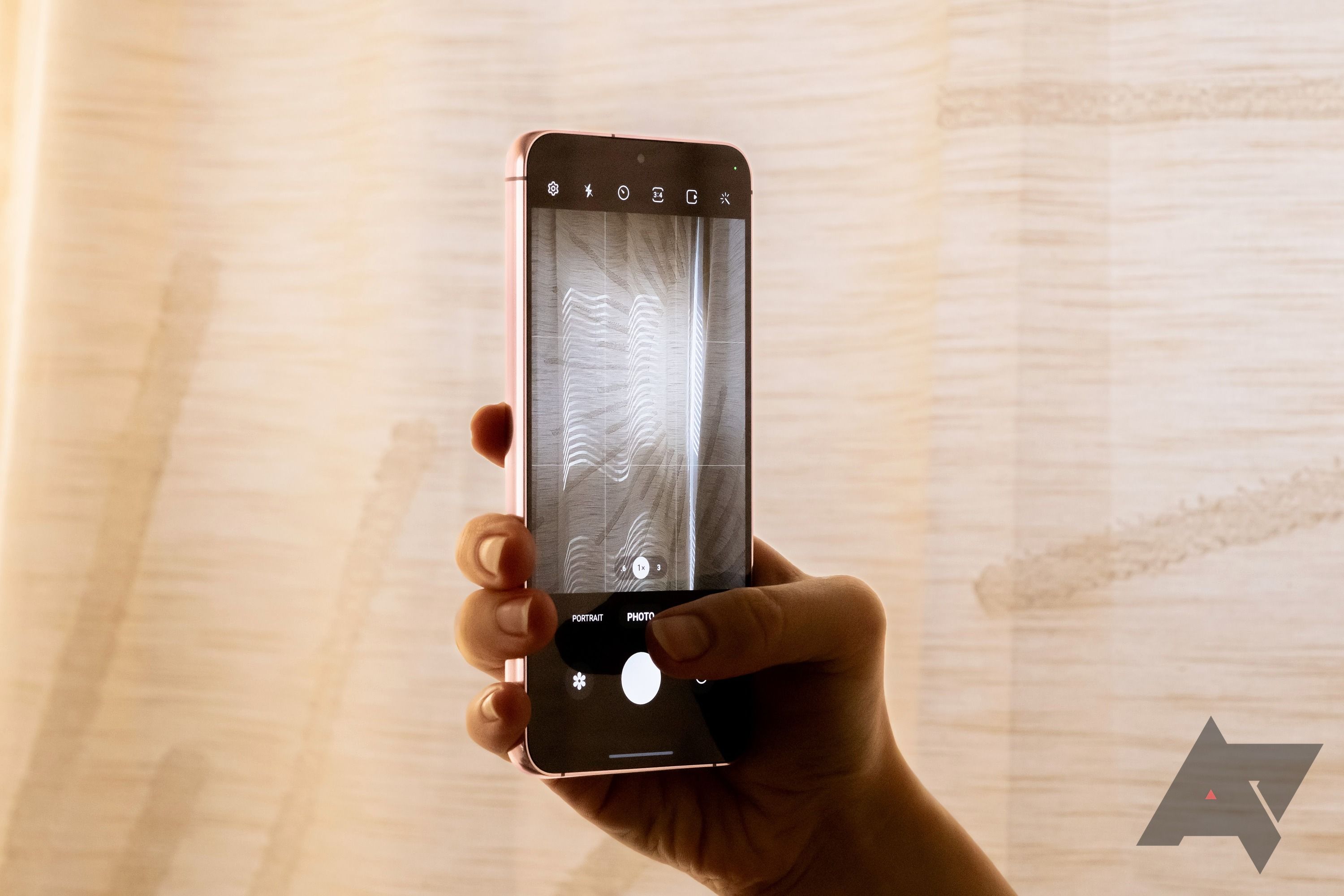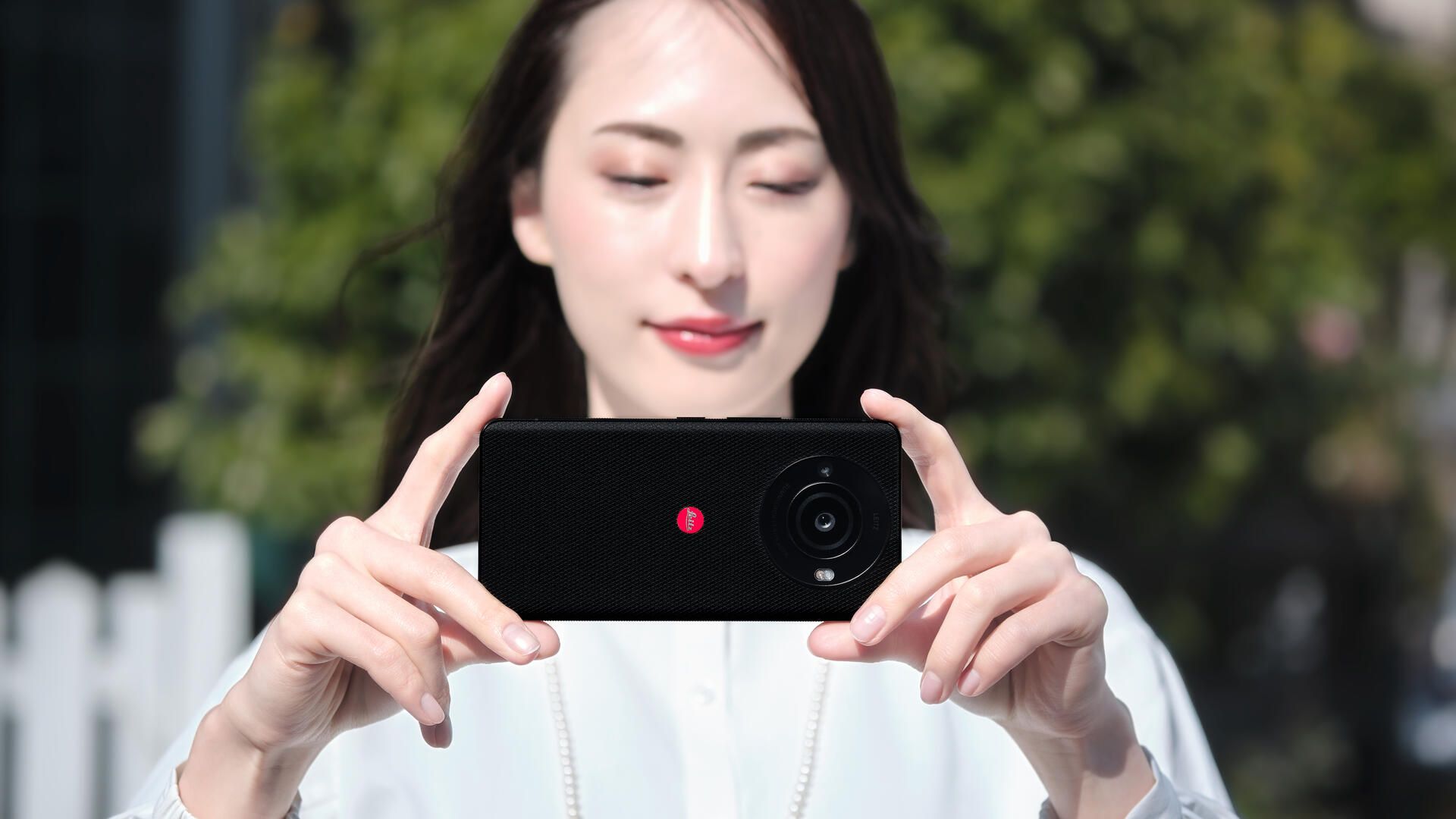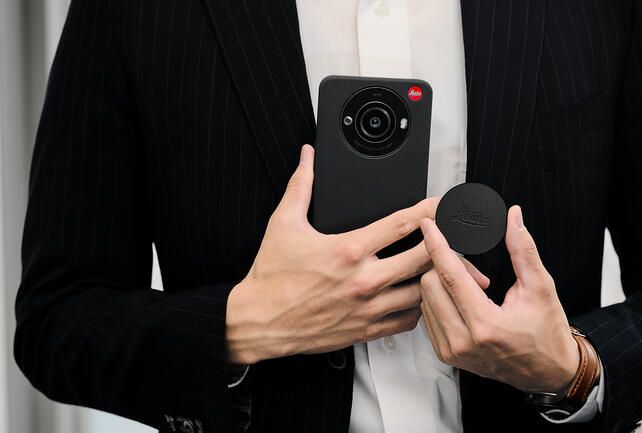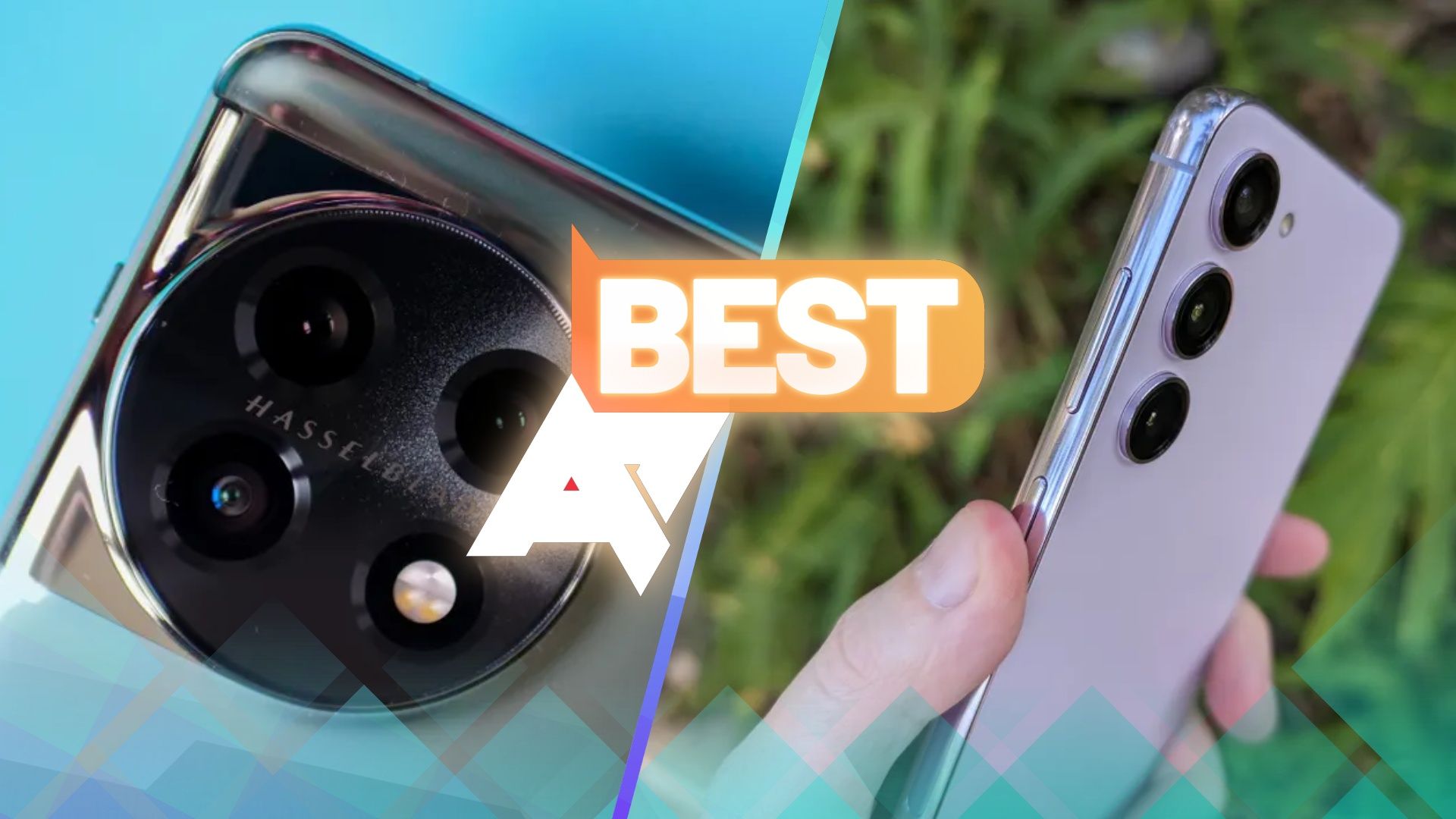When it comes to smartphone cameras, no one is expecting professional-grade imagery. Or, at least, we hadn’t been until recently. All the major smartphone manufacturers, including Google and Apple, put increasingly more capable camera sensors in their smartphones. You’re still not likely to make it into National Geographic with a phone pic, but we’ve come a long way, which is good news for casual photographers.

Understanding camera specs: Resolution, pixel size, aperture, and more
Puzzled by the way phone makers talk about their camera hardware? We’ve got you covered
One such smartphone that would certainly astound American shutterbugs is the Leitz Phone 3, by Leica. The sensor is massive, promising low-light performance unheard of in US smartphones. There’s an integrated Golden Hour Widget that alerts users to those precious few moments of buttery sunlight when photos look best, and the software-simulated variable aperture offers seven aperture stops — an incredible amount for a phone camera. As if that weren’t enough, Leica added its proprietary line-correcting software to their new phone, which automatically corrects the phenomenon of buildings and other vertical lines “falling over” in photography.
Oh, were you going to look the Leitz Phone 3 up? Don’t bother. It’s not for sale in the United States. And no, I don’t understand why.
Leica made its mark starting with film
Google and Samsung can’t compete with legacy camera makers
I’ll never forget the first Leica images I ever saw. It was before photography-focused smartphones were even a thought. A fellow photographer had inherited a classic rangefinder model by the legacy German brand, and he brought it to an assignment for laughs. We spent an afternoon shooting some street fashion editorial content, I with my modern mirrorless hunk of plastic, and he with this foreign object that we’d both agreed looked like a caricature of a camera; it had a vintage aesthetic to a point of cartoonishness.
With my trusted Canon, a brand I’d bitterly defended for years, in its bag at my feet, I hunched over my laptop and culled the thousands of images taken at this one session. I manipulated light and shadow, whisked away errant hairs in the model’s face, zoomed in on her irises down to the pixel to remove reflections. In a matter of hours, I curated the pictures into exactly what I wanted them to be. I didn’t reshape her face or redefine her waist — that wasn’t my style — but quickly applying the power of post-processing to any perceivable imperfection was.
Meanwhile, he’d taken the 35mm film roll to the university darkroom. Days later I was shown the outcome, and was stunned — instead of a manicured, dewy-skinned model gliding down the sidewalk, I saw a woman squinting at the sun as it turned her wind-tossed hair into churning waves of illuminated golden wheat. I saw her bending to pet a passing dog, its wagging tail forever blurred in motion. I saw a lipstick smudge, a burst of laughter shared among the costume students as the wind made toys of carefully curated wardrobes, trash skittering across the pavement in the gales. All things I’d discarded from my own image collection in the culling process because they’d been deemed short of perfect.
That was the moment when I learned that modern cameras write in pencil. They invite you to manipulate, their outputs a mere suggestion. Film cameras wrote in pen. Their outputs are binding, absolute, unflinchingly flawed. Now, I am stopped in my tracks by every Leica film image I see, like the one below.
I know — photographers romanticizing film, what’s new? But that’s only where my Leica passion began. I followed the brand closely over the years, marveling at the velvety imagery that Leica’s more sophisticated digital cameras produced. From the grainy B&W film to buttery-smooth digital imagery, Leica’s cameras, notably its M series, continuously astound.
Which is why it’s incredibly disheartening that Leica still doesn’t seem to have much of an interest in the American mobile market. In addition to putting its sensors in smartphones only marketed to overseas users, the third-generation native Leica phone, the Leitz Phone 3, was just launched — but in Japan only.
Leica phones would probably perform just as well in the US
It’s not much more popular in Japan than it is here
Leica may not be a household name in the United States, but it isn’t in China or Japan, either. We can’t do anything about the fact that the smartphones Leica partnered up with to put sensors in aren’t marketed to the US, but the US market doesn’t seem any worse for Leica’s native phones than Japan’s does. In fact, they seem similar in a lot of ways.
- Leica does have a US fan base. There are eight Leica stores in the country, plus an innumerable number of authorized retailers. Reasonable people turn into bloodhounds looking for vintage Leica pieces on eBay. We are willing to pay a premium for this German engineering. Japan has three stores. Interestingly, this averages out to one Leica store per 41.7 million Americans and one Leica store per 41.7 million Japanese.
- Leica doesn’t hold any significant portion of the Japanese photography or smartphone market share. Almost 60% of Japanese smartphone owners chose Apple, while just 2% use Xiaomi or Huawei, the phone brands known to use Leica sensor technology. Leica’s native smartphone, the Leitz, isn’t even on the charts. The top selling cameras in Japan come from mostly Sony and Canon, plus some Fujifilm. So they aren’t exactly catering to a cult following.
- While we see a little bit more diversity in China’s smartphone trends, where phones with Leica sensors are sold but not the Leica native phone itself, Apple still commands the lead among smartphone owners and Xiaomi sits at fifth most popular. Huawei is so unpopular it falls into the undistinguished “other” category.
Leica will always be a niche brand with loyal fans — no matter the country
And there are loyal fans in the US, too
Leica says it has partnered with Xiaomi to redefine “performance standards in the world of smartphone photography.” But Leica doesn’t appear any more or less popular in China or Japan — Xiaomi and Huawei’s biggest markets — than it is in America. Is the United States not a cash cow of smartphone users? Roughly 310 million of us use smartphones and, just like in Japan, most of us use an iPhone. Leica chose smartphone manufacturers unfavored in Japan — unfavored by a vast margin – so taking the natural consequence of lower sales into account, why wouldn’t they open up their native phones to other markets, as well?
Of course, one of the biggest challenges overseas phone manufacturers face in cracking the shell on American phone markets is standards and certifications set by our mobile carriers. Meeting these standards isn’t impossible, though, and even then the Leitz wouldn’t become a mainstream mobile phone. Like its camera ancestors, it would be a niche product exalted by devoted followers.
This German brand established its reputation on decades of gorgeous photography and studious craftsmanship. Speaking for at least one American photographer who appreciates the same, it would be wonderful to experience firsthand how Leica has taken its legacy into the next era with its smartphones. There are plenty of good camera phones here already, but Leica, please: bring the Leitz Phone to the US.







